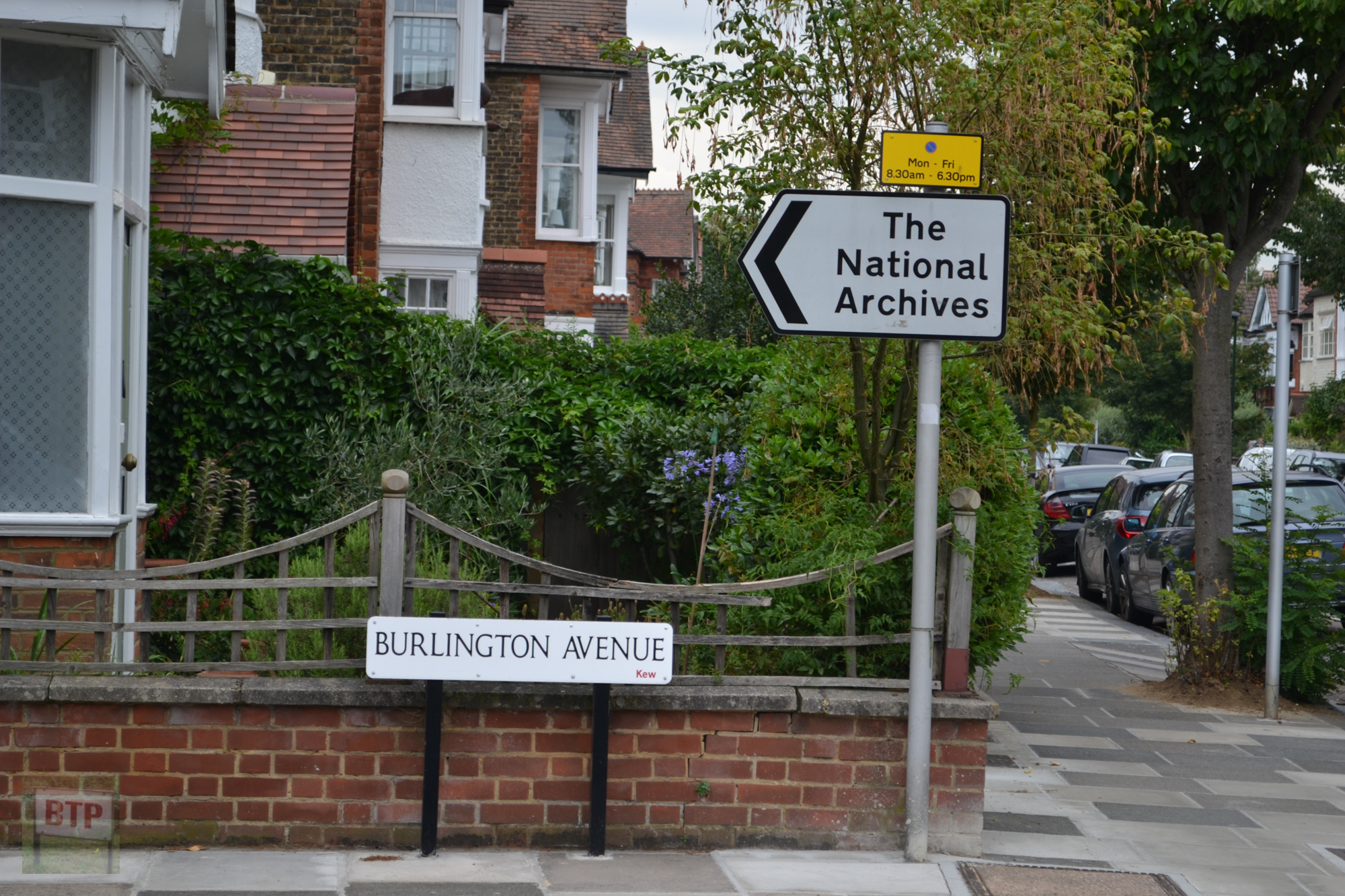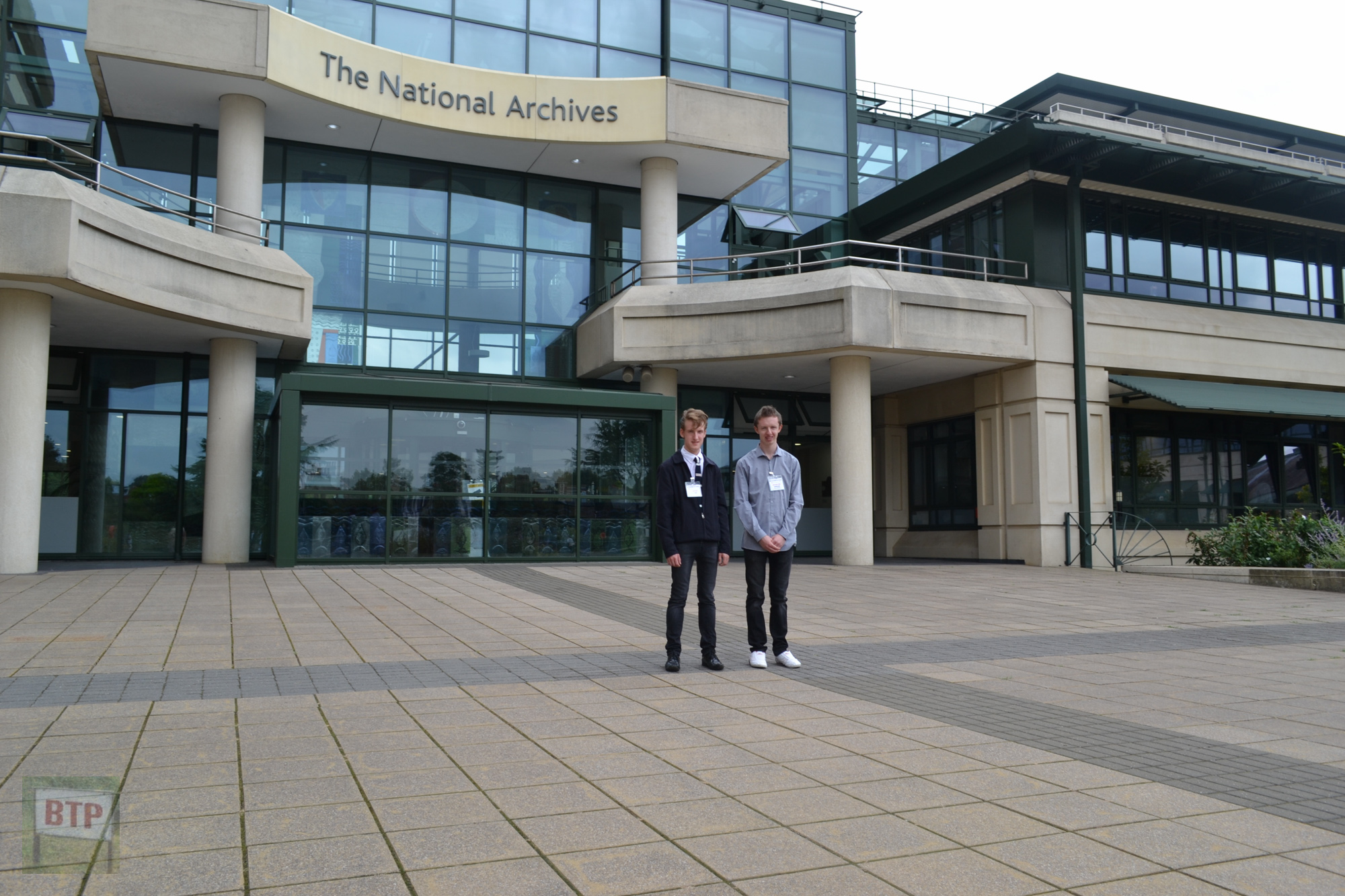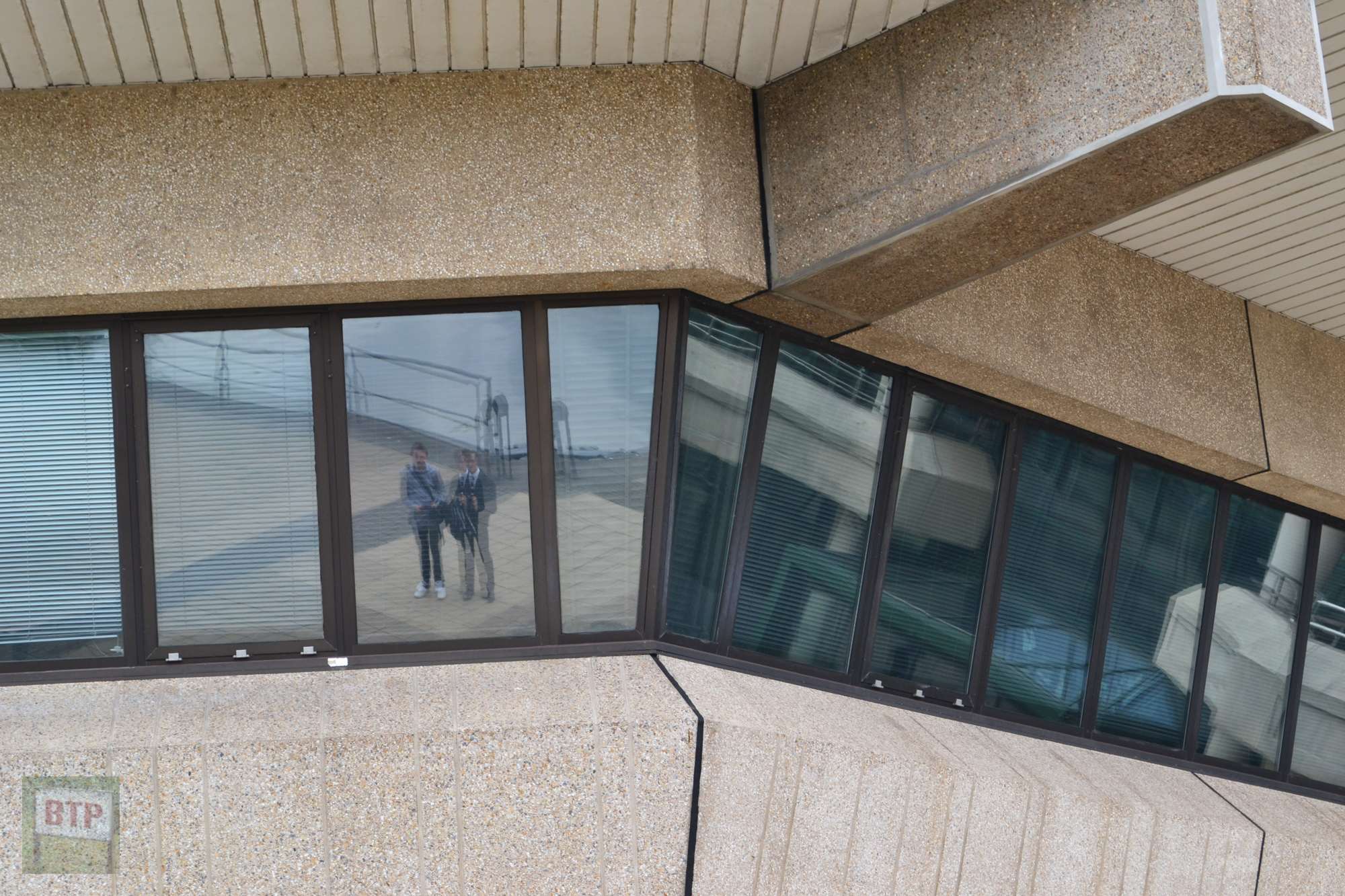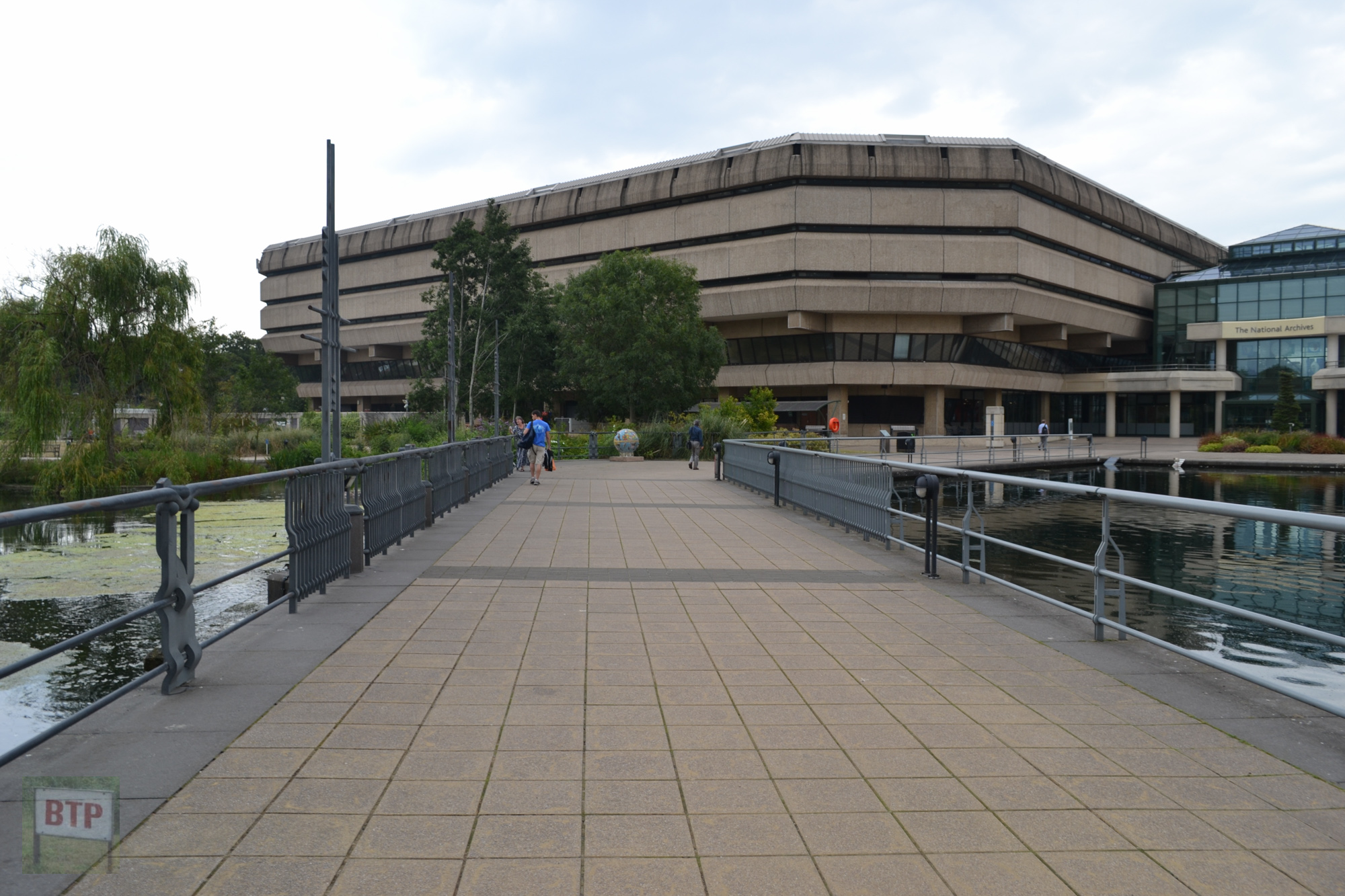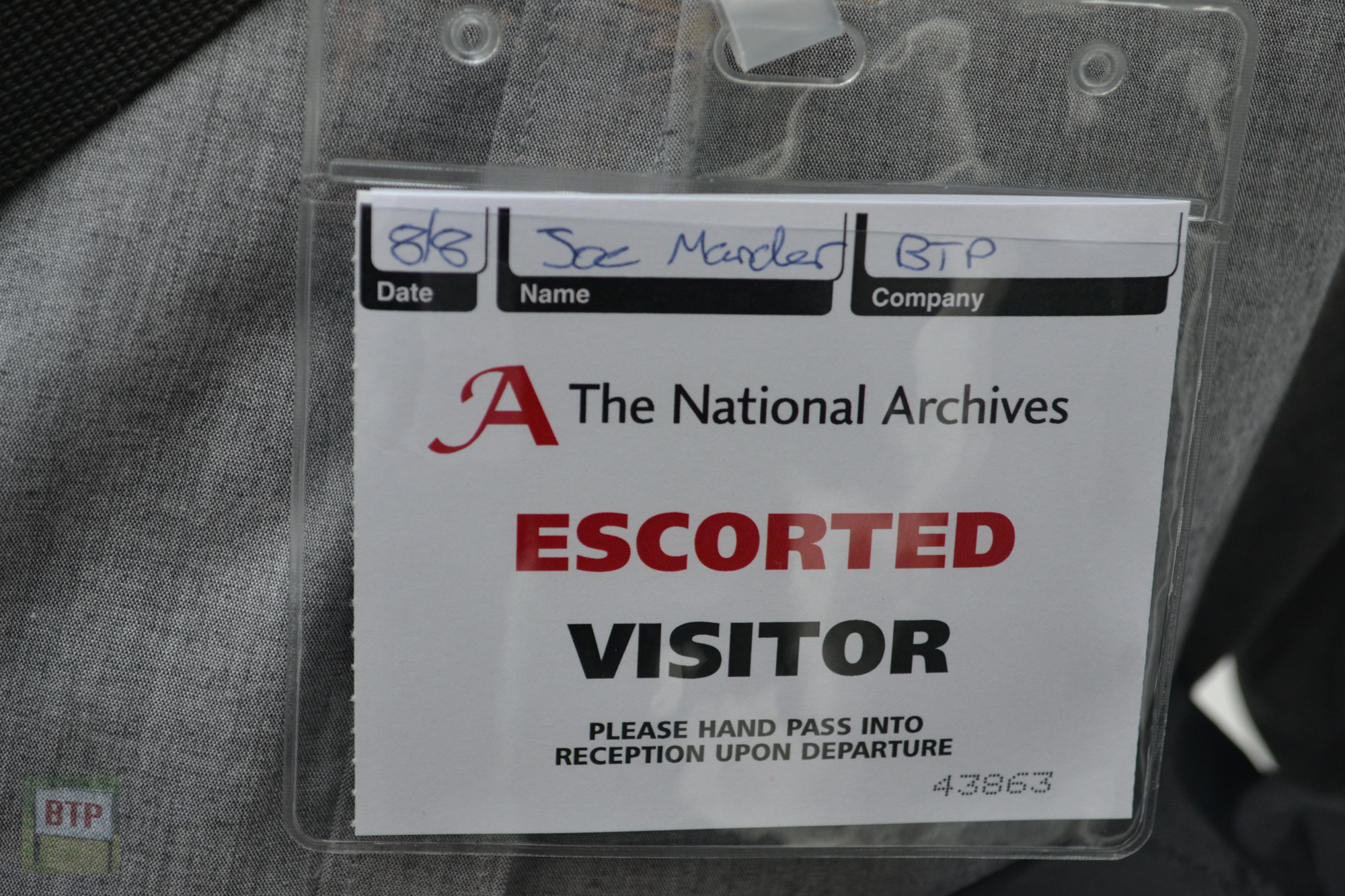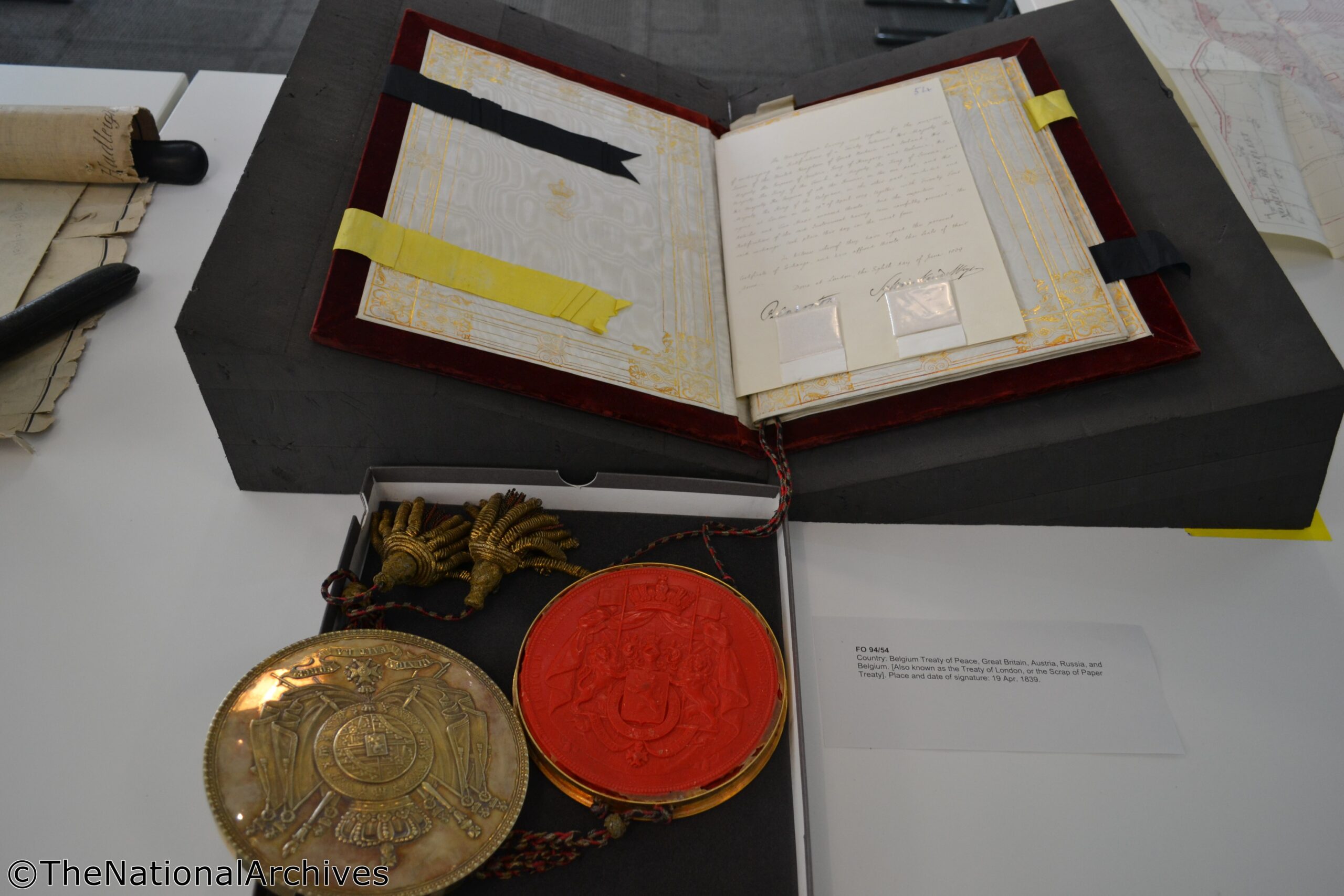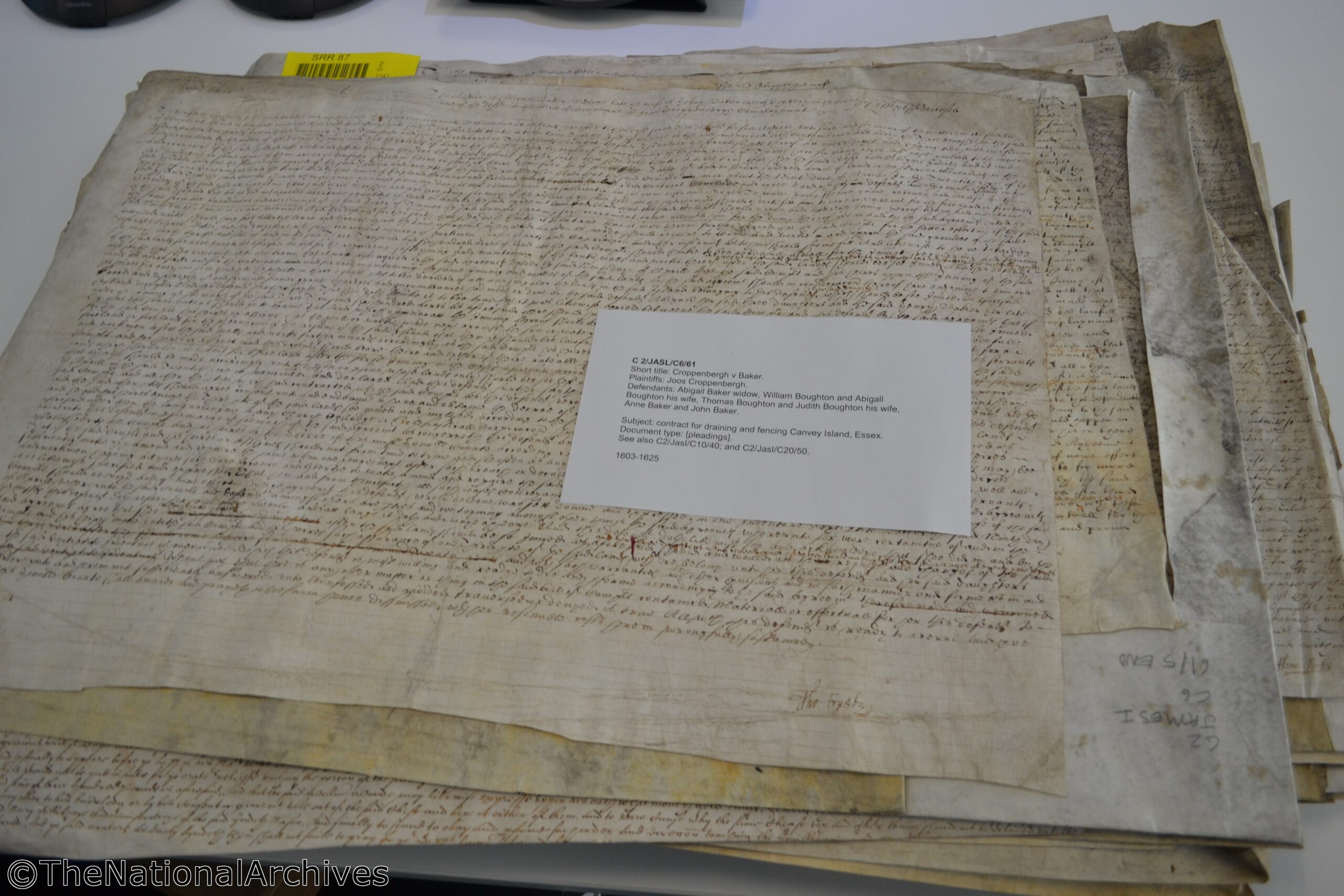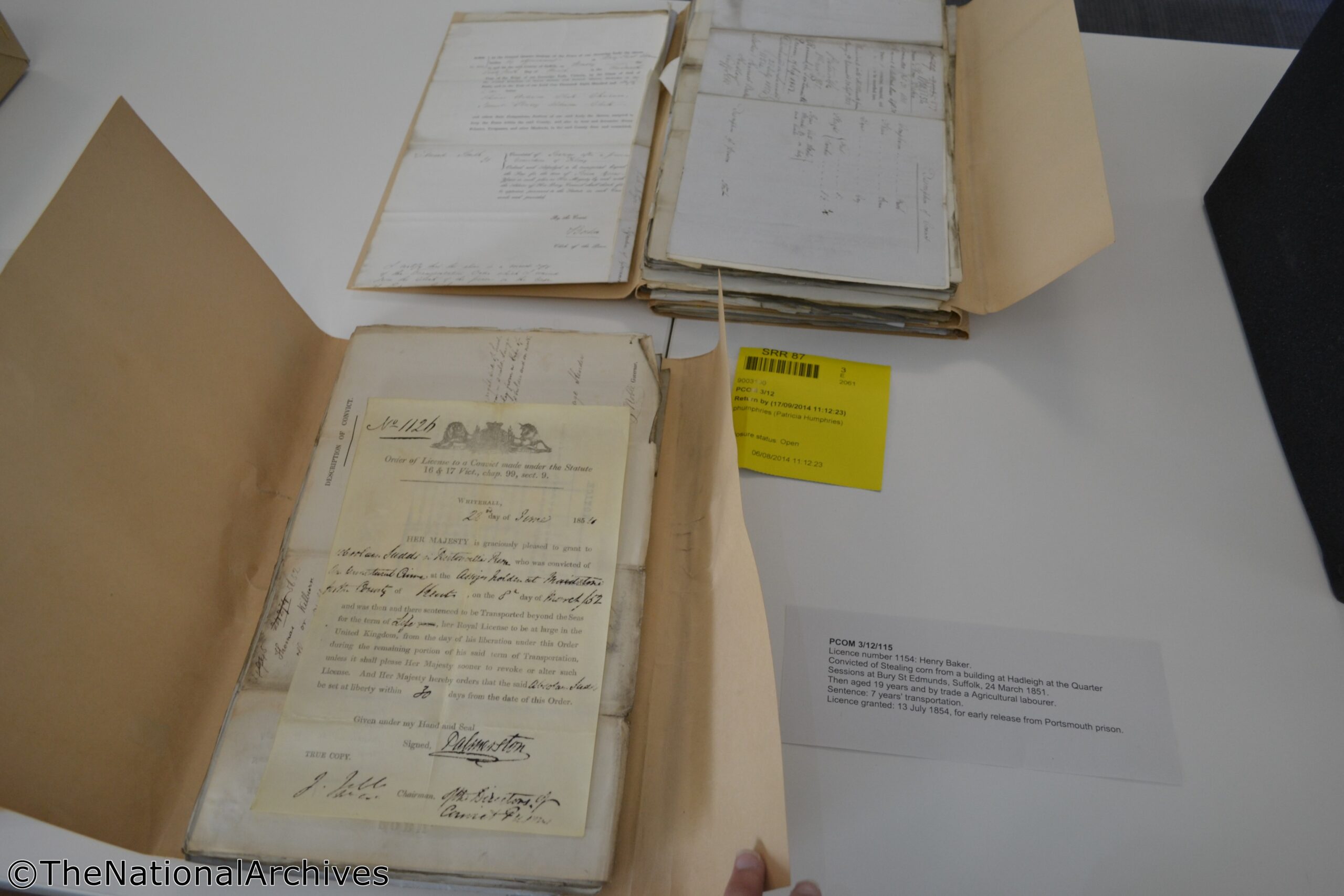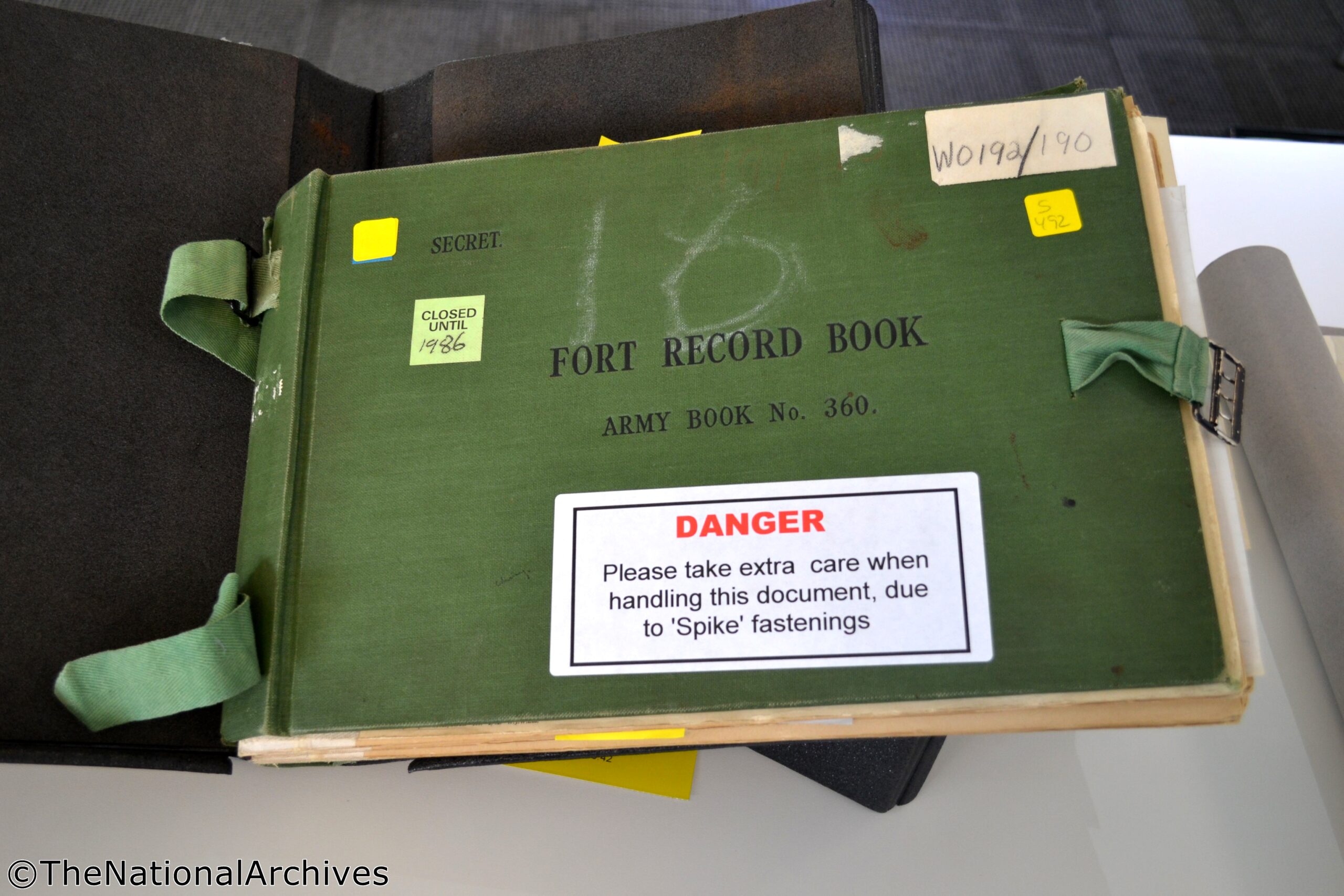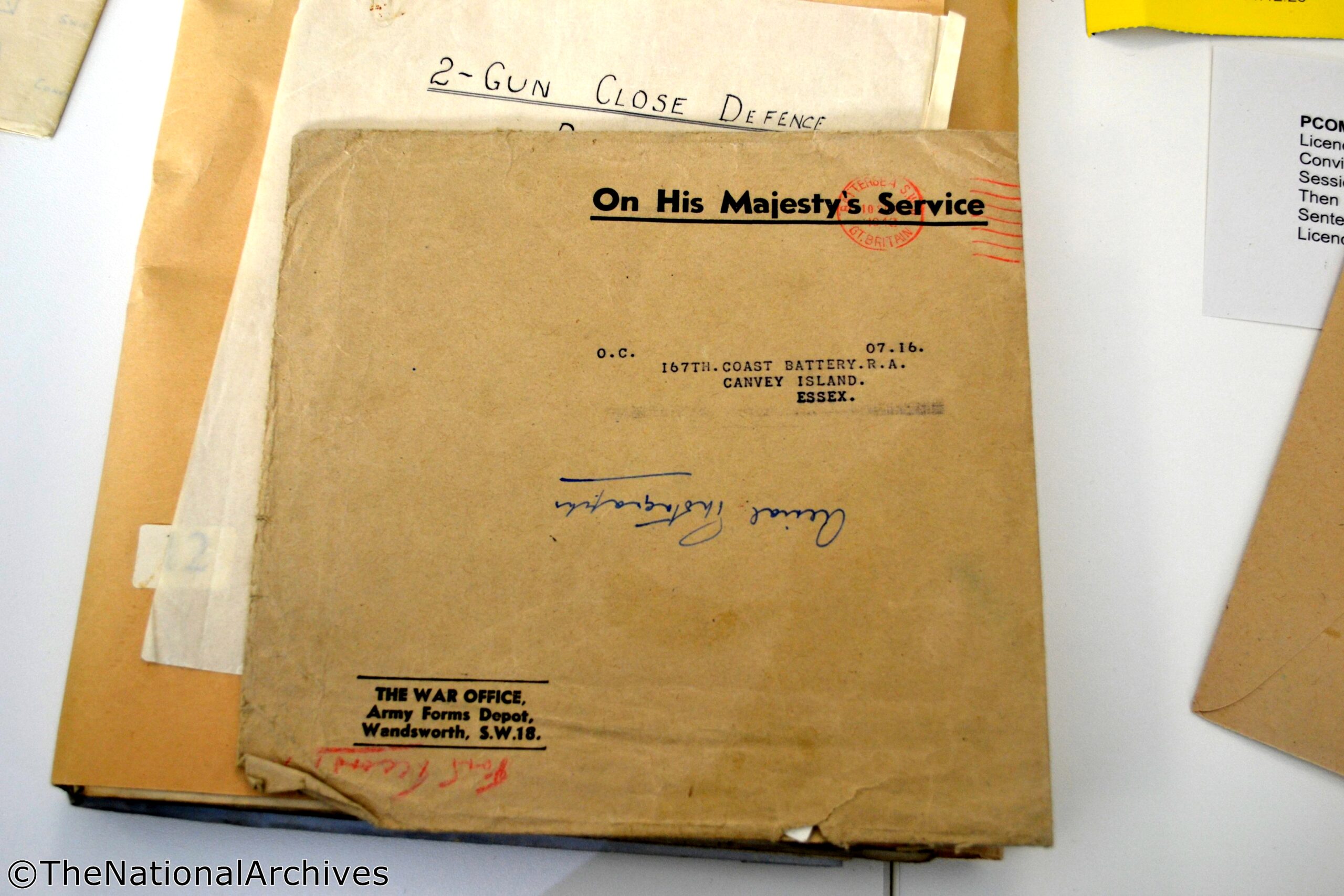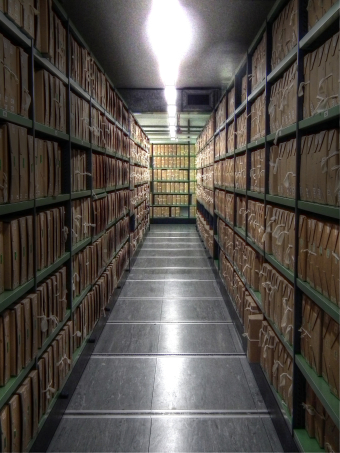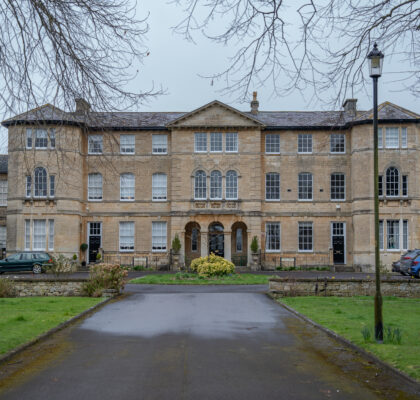When we visited the Houses of Parliament last year for the launch of the campaign ‘Archive Awareness’ we were fortunate to meet Clem Brohier who works for the National Archives. Clem invited us for an exclusive tour of the National Archives, and now that we have both finished college for the summer, we headed up to Kew to visit the site. The security on site is very tight (which makes it even more exciting!) so we were unable to take photos of the behind the scene areas so stock images from the National Archives website have been used. (We wouldn’t want to be caught taking photos either!)
The National Archives are the official archive for the UK Government, holding thousands of documents owned by England and Wales, some documents dating back to over 1,000 years! Over 1 million historical government and public records are held there making it one of the largest archives in the world. From the Domesday Book to modern government papers and digital files, the collects holds many papers, maps, photos, posters, drawings and more. Documents are only made public after 30 years although now it’s becoming closer to 20 years with some released earlier under Freedom of Information requests. Some documents can’t be published immediately as they hold sensitive information about international relations or weaponry, whereas other documents are not as sensitive such as educational bills. Documents from the secret services are not held here, as they are not released at all.
We travelled there by train, travelling through 20 tube stations followed by a short walk to the Archives from Kew Tube Station. The building was opened in 1977 as an additional home for the public records, which were held in a building on Chancery Lane. The site was originally a World War I hospital, which was later used by several government departments. There is also an additional record storage facility (DeepStore) in the worked-out parts of Winsford Rock Salt Mine, Winsford, Cheshire. We were told whilst visiting that this location was secret from the public (we wasn’t told and the tour guides hadn’t even been there) although Wikipedia reveals the location as Winsford and describes the salt mines as:
The United Kingdom’s largest rock salt (halite) mine is at Winsford. Rock salt is quarried from a depth of more than 150 metres below ground with the mine producing 1 million tonnes of rock salt annually, and has a network of 135 miles (217 km) of tunnels over several square miles underneath the area between Winsford and Northwich. A worked-out part of the mine is operated by DeepStore Ltd., a records management company offering a secure storage facility. Confidential government files, hospital patient records, historic archives belonging to The National Archives, and business data are stored in the mine, where the dry and stable atmosphere provides ideal conditions for long-term document storage. Source.
The National Archives was created in 2003 by combining the Public Record Office and the Historical Manuscripts Commission and is both a non-ministerial government department in its own right and an executive agency reporting to the Secretary of State for Justice. The archive works in preservation rather than restoration, like the Essex Records Office. With roughly 200km worth of shelving at the NA, security is high, including that of damage by fire. They don’t use sprinkler systems as this would damage the documents more, even though most are stored in cardboard boxes – (it was in the news a few years ago about a fire at at art gallery in Scotland where records were damaged by fire and water) so the archive use a special compressed gas system which involves Argon being pumped into the air to remove the oxygen, stopping the fire.
Clem had kindly organised a selection of documents for us to look at, ranging from local maps and plans to documents signed by a King! We will be covering these soon and we also hope to return to the National Archives at some point as there is so much there – we only saw a very small percentage and the documents there will help to compliment our work in the future.

